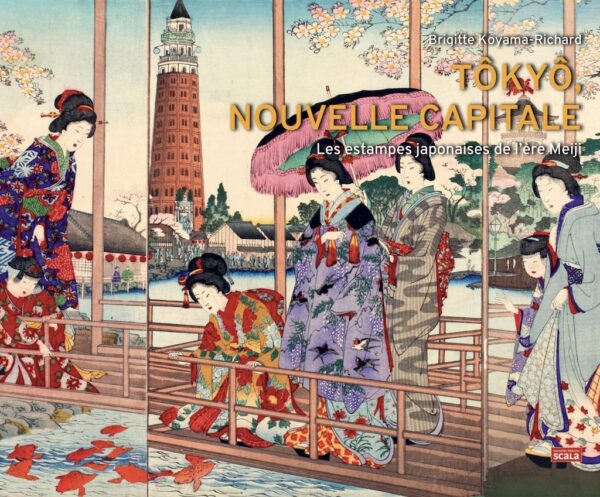Dans le cadre du cycle de conférences “Productions et pratiques culturelles du Japon contemporain”, la première séance sera intitulée :
“Mediated attempts to overcome the psychological effects of the Fukushima disaster”
Vendredi 25 novembre 2022, de 10h à 12h, sur Zoom
Avec Luca Proietti et Tino Bruno
Luca Proietti
PhD Candidate, School of Oriental and African Studies, London University
“Nuclear Noise of Japan: Understanding Sound Performances’ Intents During Fukushima“
More than ten years after the 2011 Fukushima Daiichi Nuclear Power Plant disaster, the paper will expose how Japanese noise music has been employed to relate to different audiences and locations to modulate a different emotional register based on its social meaning, including it within a Japanese cultural sphere in which the political debate regarding nuclear energy has generated a plurality of opinions ranging from the request to close nuclear power plants to the more or less implicit trust in government institutions to transmit positivity towards the population. The artistic interventions included in this study achieved a different result not only because of the different performances’ reasons which may be the support towards a particular region or the intention to undertake a critical national debate towards nuclear power or even just the homage toward the deceased and the “wounded” nature in the form of matsuri but also because of a political and social context that did not allow open criticism of government action without incurring consequences. Still, the presentation will underline how noise, despite the different reasons behind the artistic sound act, shares with all the artists included in the study the need to overcome the difficulty by relying on spiritual traditions and the historical memory of Japan. By providing comparisons with other art forms and musical events to better focus on the involvements and roots with Japanese history and spiritual vision, the study will be focused on noise musicians who brought their statements by organizing festivals like Ōtomo Yoshihide and Afrirampo’s Pikachu, and others who elaborated a seismic ambient noise to address a question of sustainability like the noise and multimedia artist Yamakawa Fuyuki.
Tino Bruno
Assistant Professor, Kyoto Sangyo University
“Atom for fun: Cartoons in Japanese press before and after the Fukushima Nuclear disaster“
In 2013, after the Olympic Games were awarded to Tokyo, several French cartoons making fun of the radioactive fallout from the Fukushima nuclear accident caused public outrage in Japan. While nuclear energy has long been considered a sensitive issue in the country, Japanese press cartoonists have also tackled it in various ways since the post-war period. Through the analysis of cartoons and four-cell comic strips published in the national newspapers Asahi, Mainichi, and Yomiuri at several key dates of the nuclear era – starting from the atomic bombing of Hiroshima (1945), this paper will examine how the Japanese press has humorously depicted nuclear energy, both civil and military, but also how press cartoons evolved in the wake of the Fukushima nuclear disaster and the Japanese government’s attempt at preventing the spread of “harmful rumors” (fūhyō higai).
Cycle de conférences « Productions et pratiques culturelles du Japon contemporain » / Conference series “Cultural productions and practices in contemporary Japan”
Attachment: Populations japonaises (Japanese Populations) (IFRAE, CRCAO)
Organizers: Chiharu Chūjō, Jeremy Corral
Supported by: Association for Cultural Typhoon
Online Zoom. Link to the registration form: https://forms.gle/b2CT5fKfjd8A4xfn8

